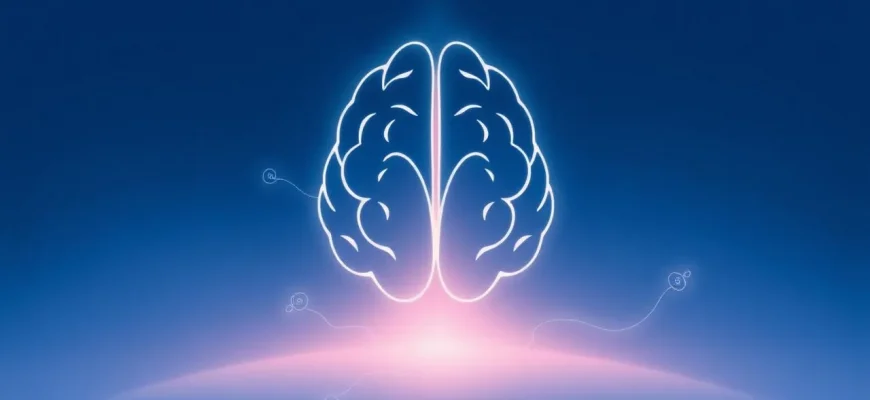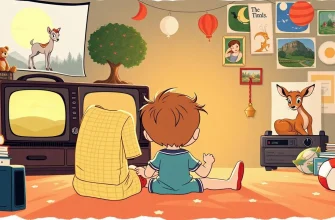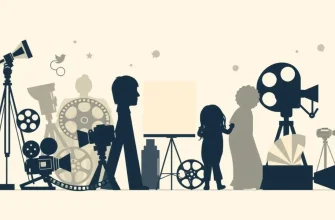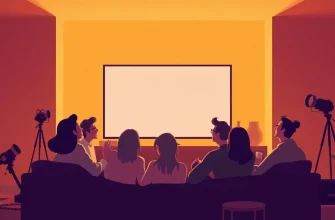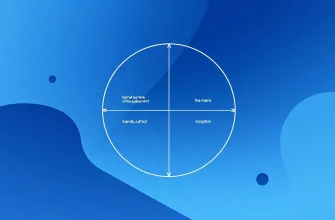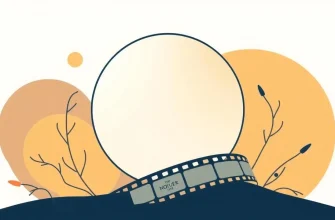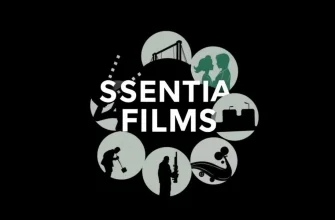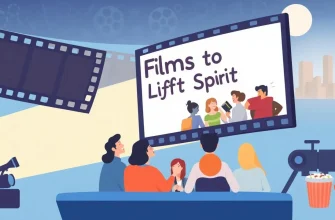This collection of films delves into the metaphysical realm, exploring themes of existence, reality, consciousness, and the nature of being. These films challenge viewers to question their perceptions and ponder deeper philosophical questions. Each film in this list not only entertains but also invites introspection, making them invaluable for those seeking to expand their understanding of the universe and their place within it.
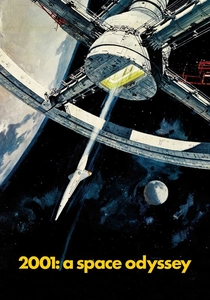
2001: A Space Odyssey (1968)
Description: This epic science fiction film examines human evolution, artificial intelligence, and the search for extraterrestrial intelligence, questioning the essence of humanity and our place in the cosmos.
Fact: Stanley Kubrick and Arthur C. Clarke developed the story simultaneously, with Clarke's novel published after the film's release.
 Watch Now
Watch Now
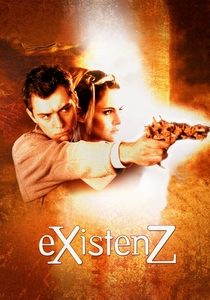
eXistenZ (1999)
Description: David Cronenberg's film blurs the lines between virtual reality and actual reality, exploring themes of identity, control, and the merging of technology with human consciousness.
Fact: The film's title is a play on the word "existence," reflecting its theme of questioning what is real.
 Watch Now
Watch Now
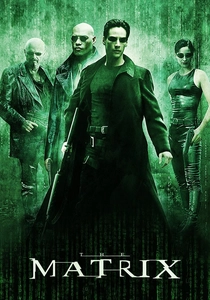
The Matrix (1999)
Description: This film explores the concept of a simulated reality, where humans are unknowingly trapped inside a computer-generated dream world. It raises questions about the nature of reality, free will, and destiny.
Fact: The film's directors, the Wachowskis, were heavily influenced by various philosophical and religious texts, including Plato's Allegory of the Cave and the works of Jean Baudrillard.
 Watch Now
Watch Now
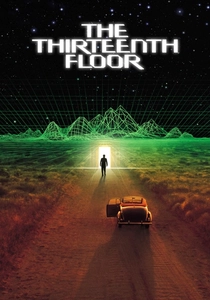
The Thirteenth Floor (1999)
Description: This film deals with virtual reality and the simulation hypothesis, where characters navigate through layers of simulated worlds, questioning their own reality.
Fact: It was released in the same year as "The Matrix," leading to comparisons between the two films' similar themes.
 Watch Now
Watch Now
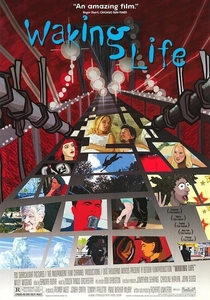
Waking Life (2001)
Description: Through a series of animated dream sequences, this film explores existential questions about reality, free will, and the nature of consciousness.
Fact: The film uses rotoscoping, a technique where animators trace over live-action footage, to give it a dream-like quality.
 Watch Now
Watch Now
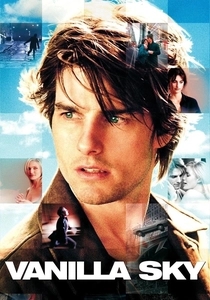
Vanilla Sky (2001)
Description: A remake of the Spanish film "Abre los Ojos," it delves into the nature of reality, identity, and the consequences of our choices, set in a surreal, dream-like narrative.
Fact: The film was inspired by the painting "The Garden of Earthly Delights" by Hieronymus Bosch, which is referenced in the movie.
 Watch Now
Watch Now
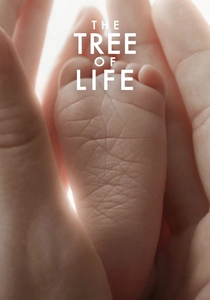
The Tree of Life (2011)
Description: Terrence Malick's film is a meditative exploration of life, death, and the universe, weaving together personal stories with cosmic imagery to reflect on existence and spirituality.
Fact: The film includes scenes of the universe's creation, which were created using CGI and real footage from NASA.
 Watch Now
Watch Now
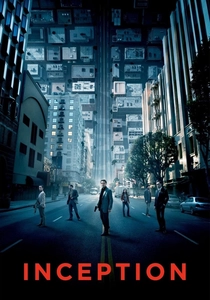
Inception (2010)
Description: Inception deals with the idea of entering dreams within dreams to plant an idea in someone's subconscious, exploring themes of reality, perception, and the power of the mind.
Fact: The film's dream-sharing technology was inspired by lucid dreaming and the concept of shared dreaming from various mythologies and psychological theories.
 Watch Now
Watch Now

Anomalisa (2015)
Description: Using stop-motion animation, this film examines the mundane through the lens of the extraordinary, exploring themes of identity, loneliness, and the human condition.
Fact: The film was initially a play written by Charlie Kaufman, and the animation was done by the same studio that produced "Coraline."
 Watch Now
Watch Now
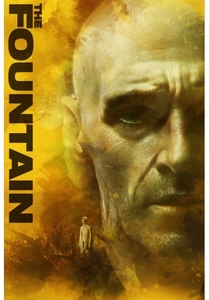
The Fountain (2006)
Description: This film intertwines three stories across different time periods, exploring themes of love, mortality, and the quest for eternal life, challenging viewers' perceptions of time and existence.
Fact: Darren Aronofsky wrote the script over a decade, with the film's final version differing significantly from its initial concept.
 30 Days Free
30 Days Free

